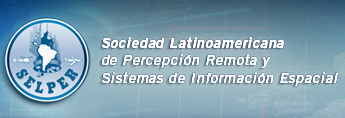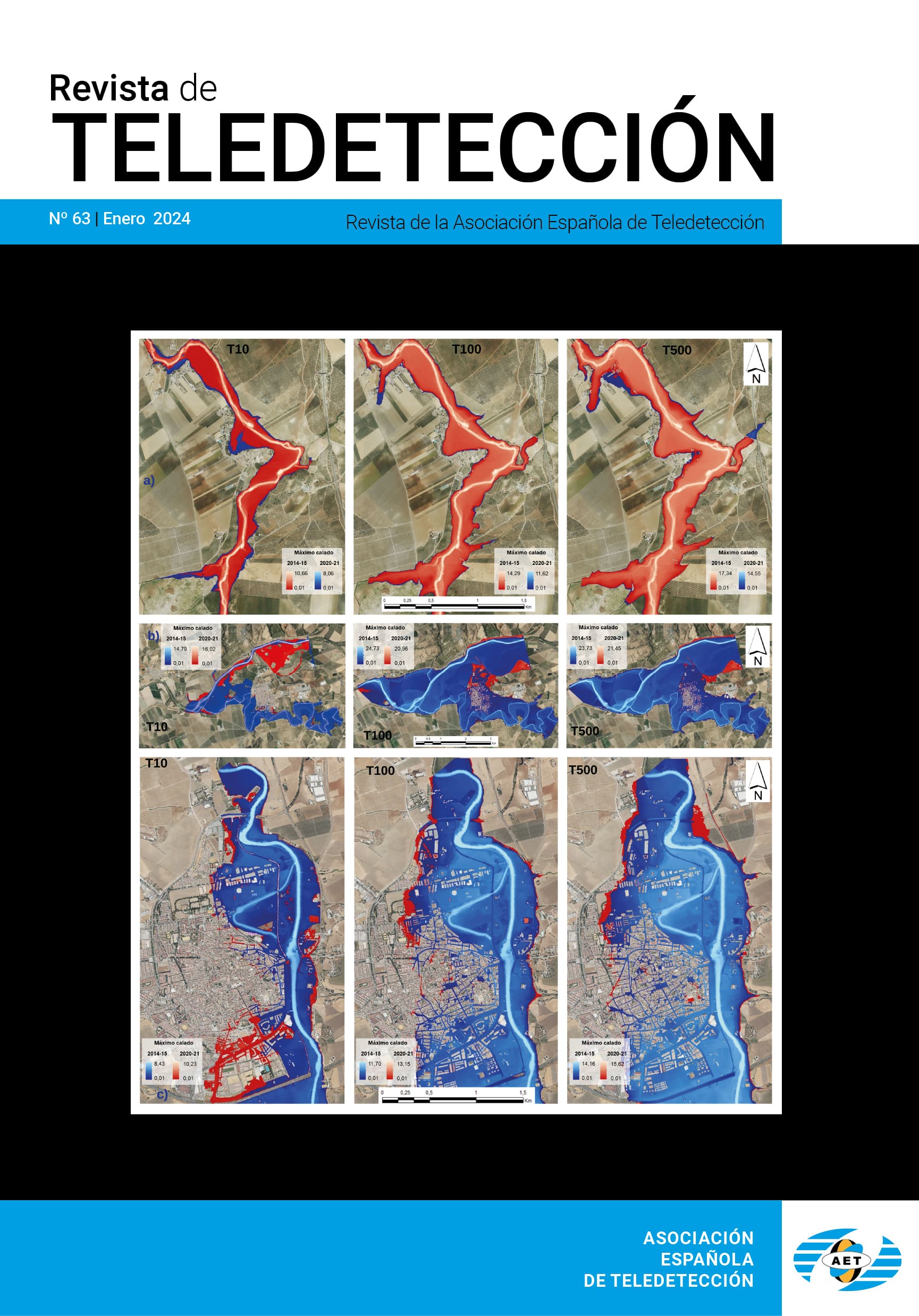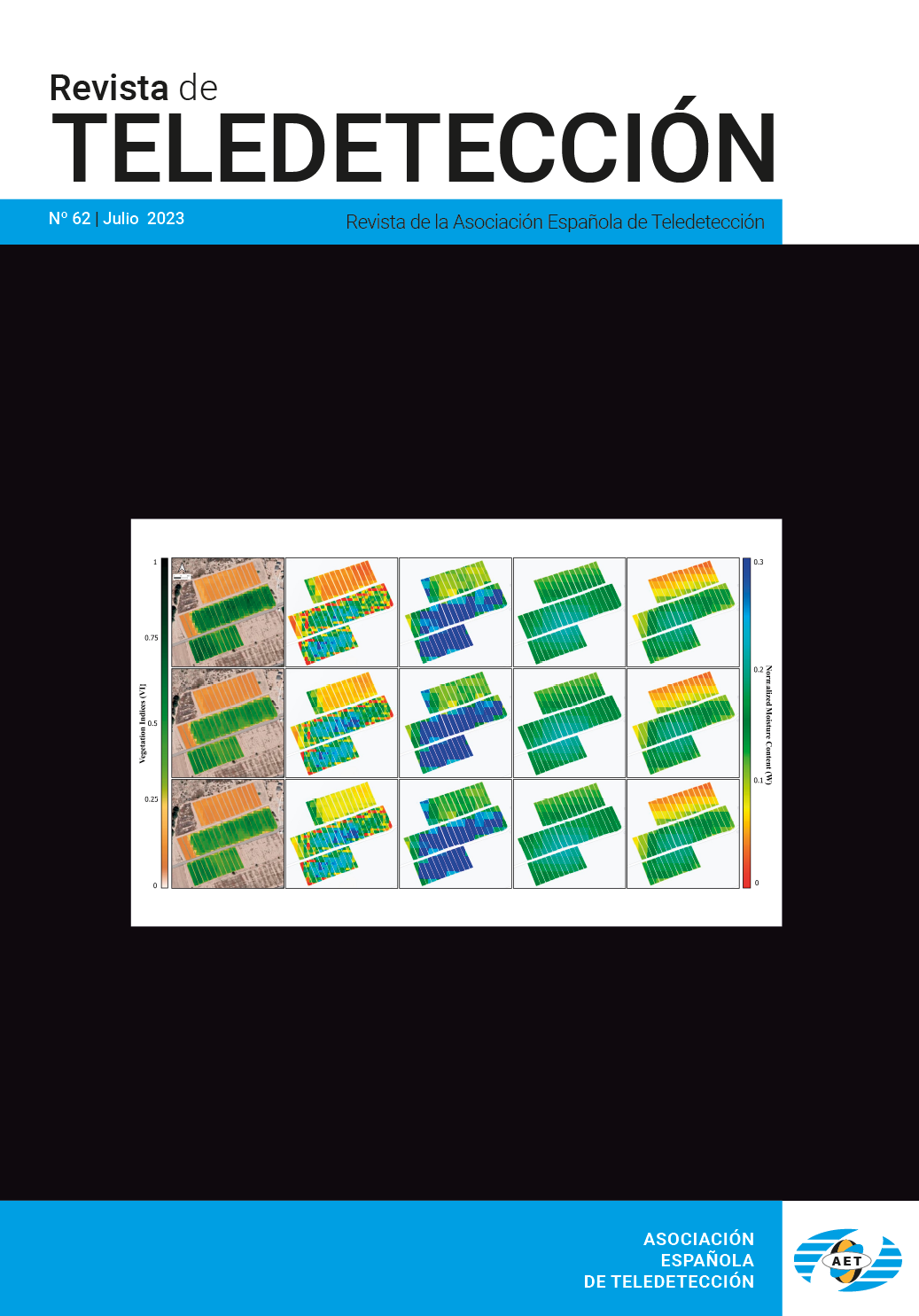DESARROLLO Y VALIDACIÓN DE ALGORITMOS DE TEM-PERATURA DE LA SUPERFICIE TERRESTRE
J. M. Galve, C. Coll, V. Caselles, E. Valor, J. M. Sánchez y M. Mira
RESUMEN
Se ha generado una base de radiosondeos atmosféricos sin nubes y globales para simular medidas radiométricas de sensores en el infrarrojo térmico a bordo de satélites. El objetivo es generar algoritmos split-window (SW) para la obtención de la temperatura de la superficie terrestre (LST) para los sensores a bordo de satélite Terra/MODIS y Envisat/ AATSR. Esta base contiene 382 radiosondeos tomados en estaciones meteorológicas terrestres con una distribución uniforme en el contenido de vapor de agua hasta los 5,5 cm. Los cálculos de transferencia radiativa se han realizado utilizando el modelo MODTRAN 4. Para las simulaciones se han utilizado diferentes ángulos de observación, considerando las características de cada sensor. Las bandas 31 y 32 del sensor MODIS, y las bandas 11 y 12 del sensor AATSR, son válidas para un algoritmo de tipo SW. Los algoritmos son cuadráticos y con una dependencia explicita con la emisividad de la superficie. Se ha realizado un análisis de sensibilidad para estimar así el error de los algoritmos. Éstos se han validado con medidas en tierra de LST tomadas coincidentemente con el paso de los sensores MODIS y AATSR, en una gran extensión de arrozales situada cerca de la ciudad de Valencia. Finalmente comparamos los resultados de nuestros algoritmos con los productos estándar de LST de ambos sensores en la misma zona. Se obtuvieron resultados similares en todos los algoritmos con un error de 0,5 K.
PALABRAS CLAVE: Split-window, MODIS, AATSR, simulación de transferencia radiativa, medidas “in situ”.
ABSTRACT
A database of global, cloud-free, atmospheric radiosounding profiles was compiled with the aim of simulating radiometric measurements from satellite-borne sensors in the thermal infrared. The objective of the simulation is to generate split-window (SW) algorithms for the retrieval of land surface temperature (LST) from Terra/MODIS and Envisat/AATSR data. The database contains 382 radiosonde profiles acquired over land, with nearly-uniform distribution of precipitable water between 0 and 5.5 cm. Radiative transfer calculations were performed with the MOD-TRAN 4 code. Different viewing angles were considered in the simulation, taking into account the features of each sensor. The MODIS bands 31 and 32 and the AATSR bands 11 and 12 are suitable to use in a SW algorithm. These algorithms are quadratic in the brightness temperature difference, and depend explicitly on the land surface emissivity. A sensitivity analysis of the algorithms was made to obtain an estimation of the algorithms error. Furthermore the algorithms developed from the simulation database were validated with actual ground measurements of LST collected, concurrently to MODIS and AATSR observations, in a large area of rice crops located close to the city of Valencia, Spain. Operational LST algorithms of both sensors were also validated in order to compare with the algorithms generated. Similar results are obtained in all algorithms with an error around 0.5 K.
KEYWORDS: Split-window, MODIS, AATSR, radiative transfer simulation, ground measurements
PULSE AQUI PARA DESCARGAR EL ARTÍCULO COMPLETO.




















